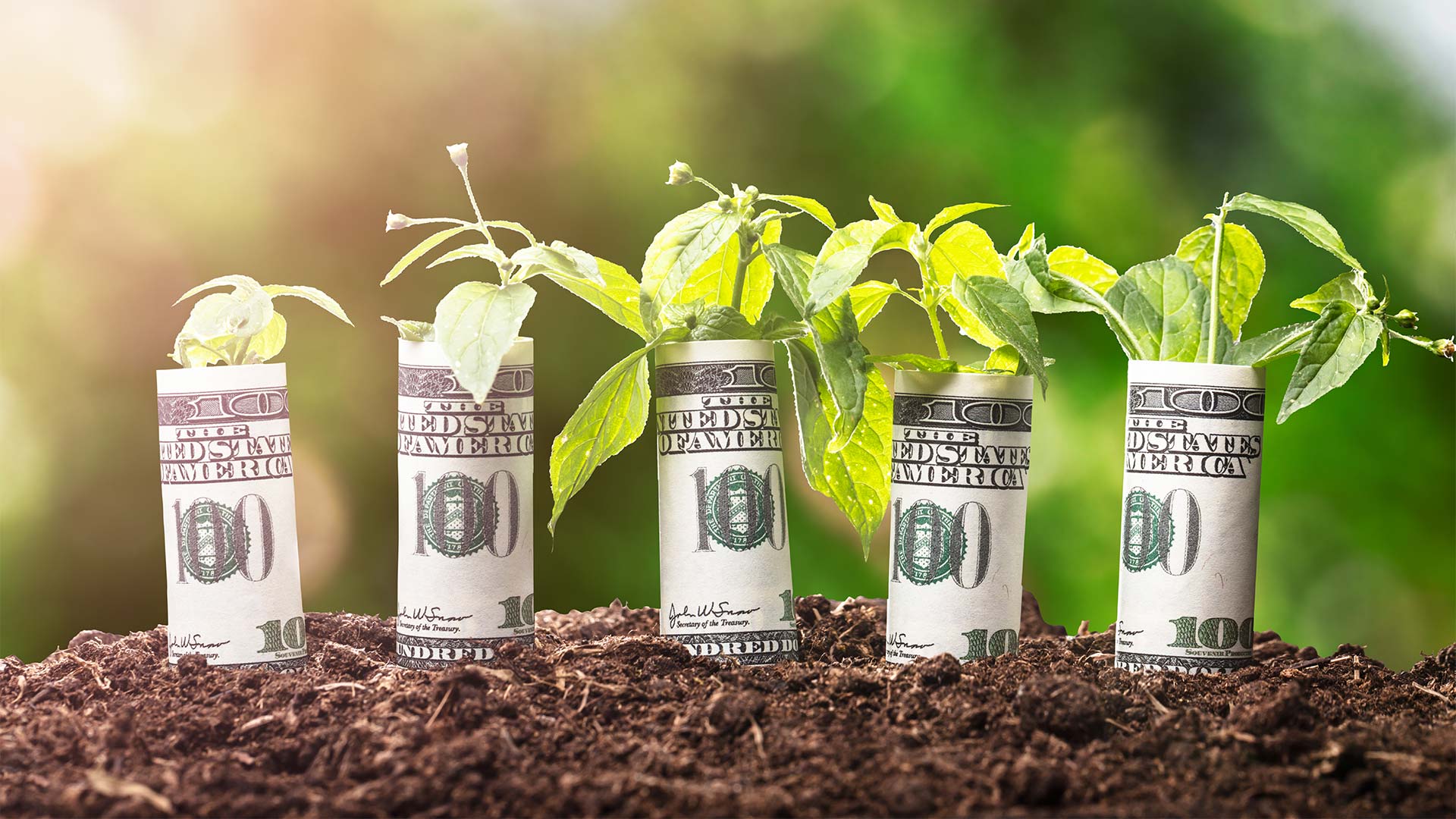Environmental, social and governance issues are arguably the hottest topics in the corporate treasury space. A key area that they affect is short-term investing. We listened in to ICD’s recent webinar to find out what a treasurer needs to know.

A recent webinar by ICD looked at the impact of environmental, social and governance (ESG) issues on short-term investing. “The whisper of ESG has now become a very audible voice and is only getting louder by the day,” says Justin Brimfield, Chief Marketing Officer at ICD and host of the webinar.
Indeed, data from McKinsey indicates that global sustainable investment now tops US$30trn – up 68% since 2014 and tenfold since 2004. And for good reason, it seems. An analysis of more than 300 companies by the Boston Consulting Group found that organisations with better ESG standards are more profitable and trade at a premium to rivals.
Clarity is needed
Brimfield was joined by Bob Smith, President and Co-Founder at independent investment management firm, SAGE, and Rebecca Bar, Membership & Engagement Manager at the Sustainability Accounting Standards Board (SASB) – both veritable experts in ESG investing.
“Despite the growing demand in ESG investing and the clear link between ESG performance and risk and opportunities, investors are clearly not getting the information they need to make appropriate decisions on sustainability issues,” Bar notes.
This is evident by data from a 2014 PwC report that found an enormous communication gap between corporates and investors – the vast majority of investors are dissatisfied with the current reporting of sustainability-related information. In fact, 63% were dissatisfied in North America (excluding the US), 61% in the US, 87% in the Middle East and North Africa and 74% in Asia Pacific. The lowest level was in Europe, where only 38% were dissatisfied.
That data is from 2014, but a more recent report was published in 2019 by PwC, which stated this communication gap has continued. Bar explains that this gap is often caused by the fact that “Sustainability reports often look like glossy marketing documents, when in reality most investors need financial data, like something on the Bloomberg terminal, for example.”
ESG uncertainty
A poll in the webinar asked “How would you rank your knowledge around ESG investing?”. About 60% of participants ranked their knowledge as ‘poor’ or ‘below average’. For Smith, this result is typical of the response that SAGE is seeing in the financial advisor community. “A lot of people are still coming up the curve which means that they still don’t know how to spread the word,” he explains. He is optimistic though, that this is going to change dramatically over the next few years.
In contrast, Bar deals primarily with corporates who are already feeling the pain points of bad ESG data and are approaching SASB for a solution. “My perspective might be a bit unique here, but I hope we stop to explain ESG. Sometimes we just fall right into acronyms,” she says.
ESG keeping ‘on brand’
The rise of ESG investing hasn’t reached its peak yet, according to Smith. The US SIF Foundation 2018 Trends Report indicates an 18-fold increase in sustainable and responsible investing in the US from 1995 to 2018, and a compound annual growth rate of 13.6%. Smith expects this rise to continue as investors now consider ESG issues to pose major financial risks.
For example, ESG issues are now affecting credit risk. Fitch Ratings released its ESG Heat Map and ESG Sector Template Compendium, designed to assist in providing further insight into the relevance of ESG factors to credit ratings and to help with “identifying the elements of ESG that affect fundamental credit at a sector level”.
Bar explains that the changing nature of corporate valuations continues to require broader information to get a bigger picture and better understanding of risk. “Intangible assets such as brand value, intellectual capital, customer loyalty, have become increasingly majority components of corporate valuations,” she says.
Smith agrees: “Given the knowledge that people have about what’s good and bad to ingest these days, all those brands that have ‘organic’, ‘sustainable’, ‘responsible’ on their boxes, on their various marketing efforts, have seen a significant increase in market share over the course of the last five years.”
Indeed, NYU Stern’s Centre for Sustainable Business researched US consumers’ actual purchasing of consumer packaged goods (CPG) and found that 50% of CPG growth from 2013 to 2018 came from sustainability-marketed products.
Looking to the future
For Bar, ESG issues, specifically those identified by SASB standards, can be a signal of future performance and provide insight into future risks and opportunities when looking at companies in specific industries. “This holds true for short-term and long-term investors. All investors should want to make sure they’re not impacted by risks or missing out on potential investing opportunities,” she says. “It doesn’t really matter about your time horizon; looking at these material ESG issues as risks and opportunities is just good investment advice, or practice.”
At SAGE, Smith agrees. “We firmly believe that [treasurers] should embrace ESG integration, primarily as a meaningful edition to their daily and ongoing investment risk mitigation efforts,” he says. “There is an abundance of academic and investment industry research which indicates ESG factor assessment may not only reflect the quality of a company’s management but more importantly, act as a leading indicator of what we would refer to as ‘slow burning problems’ which could later erupt and harm a company’s creditworthiness.”
In the same way that socially responsible investing started to really take off in the 1960s, ESG investment seems to be the future way forward.